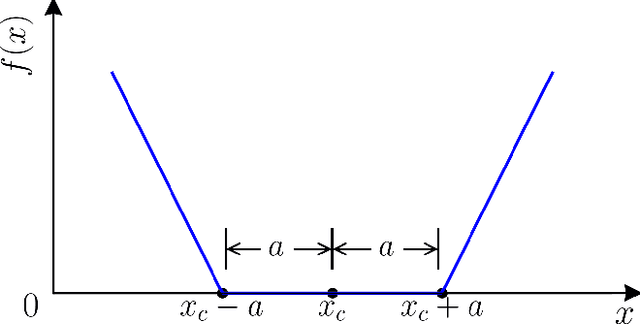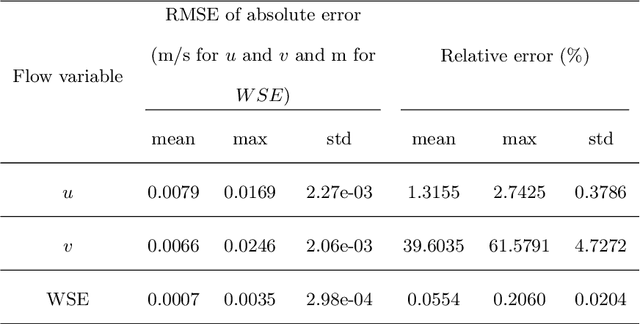Bathymetry Inversion using a Deep-Learning-Based Surrogate for Shallow Water Equations Solvers
Paper and Code
Mar 05, 2022



River bathymetry is critical for many aspects of water resources management. We propose and demonstrate a bathymetry inversion method using a deep-learning-based surrogate for shallow water equations solvers. The surrogate uses the convolutional autoencoder with a shared-encoder, separate-decoder architecture. It encodes the input bathymetry and decodes to separate outputs for flow-field variables. A gradient-based optimizer is used to perform bathymetry inversion with the trained surrogate. Two physically-based constraints on both bed elevation value and slope have to be added as inversion loss regularizations to obtain usable inversion results. Using the "L-curve" criterion, a heuristic approach was proposed to determine the regularization parameters. Both the surrogate model and the inversion algorithm show good performance. We found the bathymetry inversion process has two distinctive stages, which resembles the sculptural process of initial broad-brush calving and final detailing. The inversion loss due to flow prediction error reaches its minimum in the first stage and remains almost constant afterward. The bed elevation value and slope regularizations play the dominant role in the second stage in selecting the most probable solution. We also found the surrogate architecture (whether with both velocity and water surface elevation or velocity only as outputs) does not show significant impact on inversion result.
 Add to Chrome
Add to Chrome Add to Firefox
Add to Firefox Add to Edge
Add to Edge